Apple Watch SE Review - The Best Smartwatch For Most
- Affordable balance of features
- Excellent battery life
- Family Setup could be a game-changer
- No always-on display
- Advanced health-tracking needs a Series 6 instead
Like with iPhone, Apple Watch is a family now, with 2020 bringing two new models targeting not only different price points but very different users, too. More affordable of the two, the Apple Watch SE bridges the gap between the flagship Apple Watch Series 6 and the cheapest Series 3 from 2017. As we saw with the iPhone SE, there's a balancing act required to combine the right set of features with the right price tag.
Where you'll pay from $499 for a Series 6, the Apple Watch SE starts at $279 for the 40mm and $309 for the 44mm. That's an $80 premium over the Series 3, and it's one I think most people should consider paying.
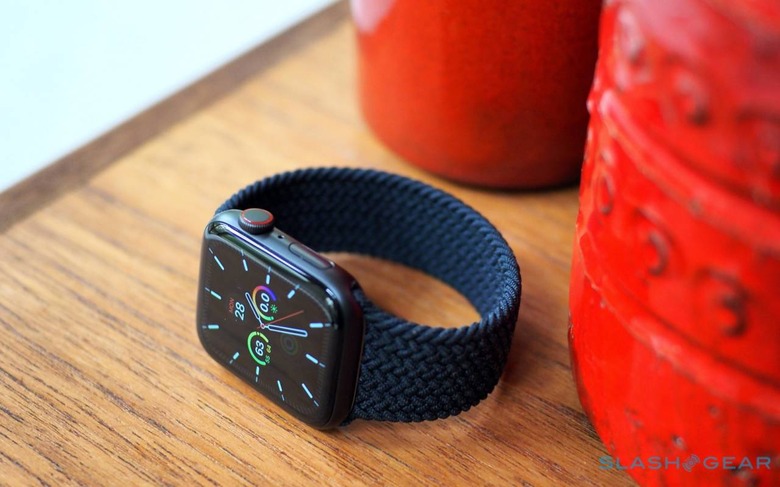
Apple Watch SE buyers, of course, are unlikely to be those coming from an Apple Watch Series 5, or even a Series 4. If they're not brand new to Apple's smartwatch, then they're probably upgrading from a Series 3 or even older. For that audience, there's a whole lot here to like.
Aesthetically, it's more like the Series 4, with a more streamlined casing that feels less clunky. It gets the bigger display, too, with 40mm and 44mm versions available, and you can use all the same straps and bands as the latest models. The new Solo Loop and Solo Braided Loop are the headlines here, silicone and silicone-woven fabric bands respectively, that do away with the clasps of before. Instead, you stretch them over your hand to the Apple Watch on or take it off.
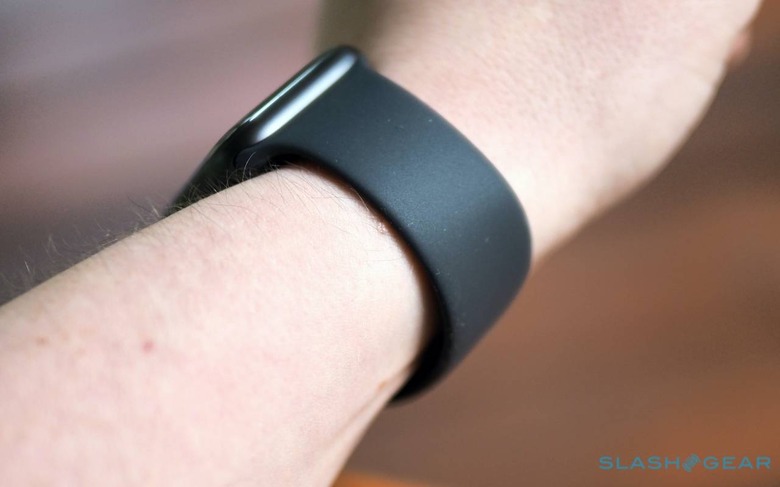
I like them more than I thought I would, not least because there's less chance of my scratching my laptop's palmrest with the little metal stud on the old Loop band. A word of warning, though: while the Solo Loop sizing seems accurate to Apple's print-and-measure guide, the Solo Braided Loop seems to run slightly larger than that guide would suggest.
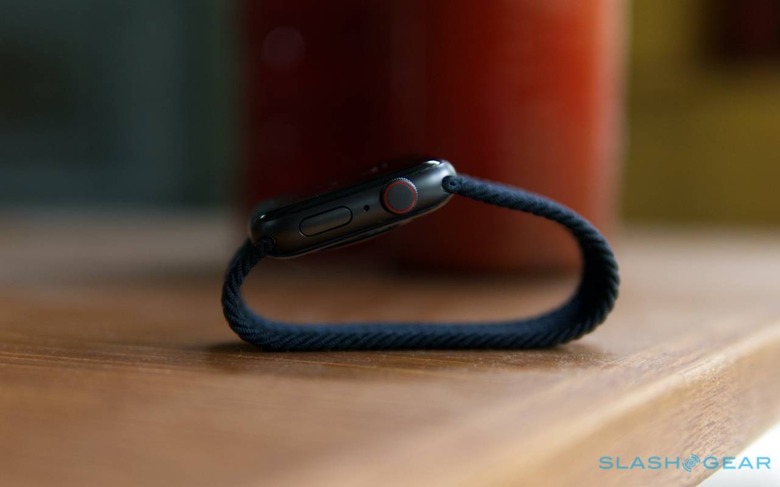
More importantly, Apple Watch SE uses the Apple S5 chipset that launched in the Series 5. That's a smartwatch that still feels perky and lag-free today, and it means the Apple Watch SE springs along nicely in day to day use. It also pays dividends in battery life: Apple quotes 18 hours, but I regularly got to the end of my day with more charge remaining than I would typically from an Apple Watch Series 5.
Helping there is probably what remains my biggest issue with the Apple Watch Series SE: the absence of an always-on display. As in the first few generations of the wearable, the screen is blank until you lift your arm to look at it. If, like me, you've got used to being able to glance down and see the time, weather, or next thing on your calendar – watch face depending – without actively waking the screen, it feels like a frustrating step back.
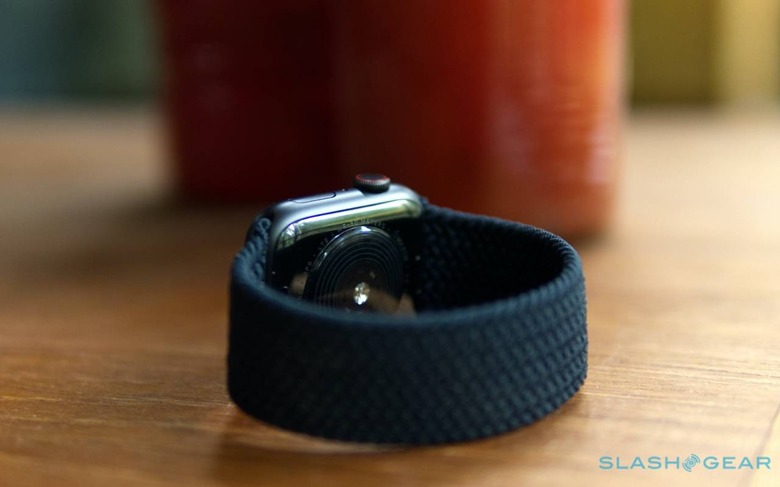
If you've not lived with an Apple Watch Series 5, though, you won't miss it. It's not Apple's only sacrifice, mind. While the Apple Watch SE will track sleep, and uses an optical sensor for measuring your heart rate, it lacks the electrocardiogram (ECG) support first introduced in the Series 4.
You still get high and low heart rate notifications, and warnings about irregular heart rhythms. Absent is the ability to check for atrial fibrillation (or Afib), and the Apple Watch Series 6's new blood oxygen sensor.
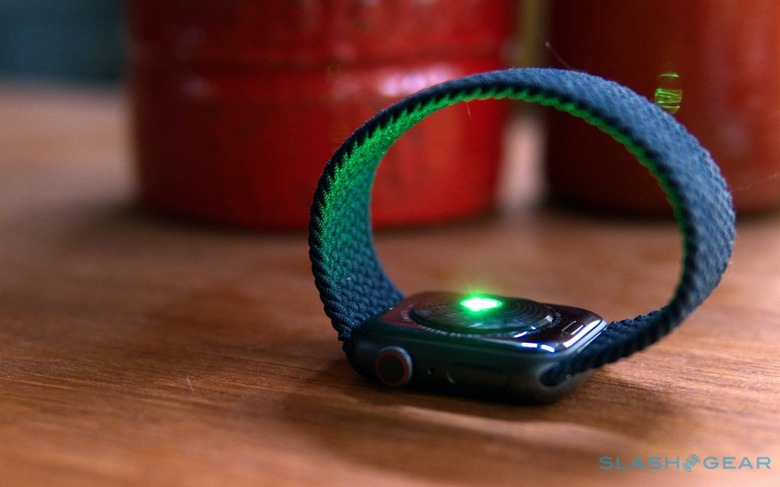
How much you'll miss all that depends on whether you're coming at the Apple Watch SE from the perspective of exercise specifically or a more holistic vision of fitness. If the former, then the fact you still get GPS tracking – with the new always-on altimeter for measuring changes in level – plus a compass and all the same types of supported fitness routine really makes the SE no less of a workout buddy than its more expensive brethren.
It'll support the Fitness+ service for guided workouts that Apple plans to launch later in the year, too, and there's still GymKit if you're using compatible gym equipment. Personally, I struggle to sleep well if I'm wearing a watch, so the sleep tracking isn't my favorite, but quite honestly the Wind Down feature – which silences notifications for a while before bedtime, so as to help calm your brain and get you in a more restful mindset – is more useful in my experience. Anything that stops me from doom-scrolling right up until I turn out the nightstand light has to be a good thing.
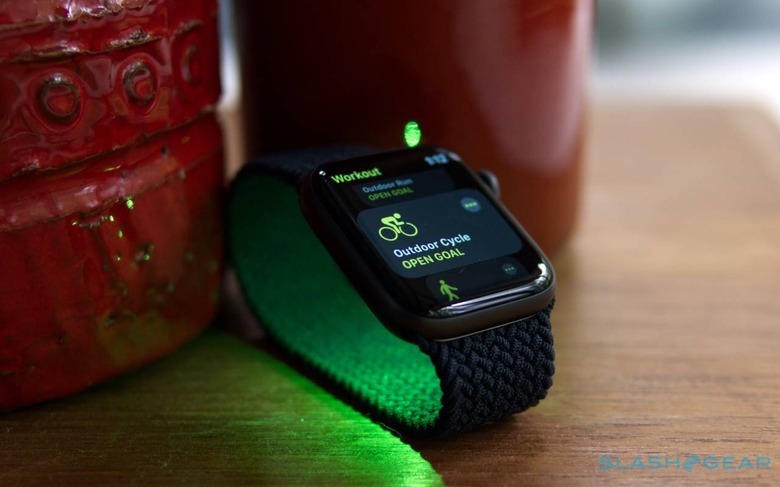
If you want to use the new Family Setup feature, meanwhile, the Apple Watch SE with GPS + Cellular is the most affordable way to to that, at least with a new watch. Although the Series 3 remains on sale from $199, you can't get it with an embedded cellular connection. For that, you need to spend at least $329 on the SE
I can see it being worthwhile if you've got a child or an elderly relative you'd like to keep track of, though. Apple Watch SE has the same fall detection and emergency SOS as the Series 6, and with my parents living thousands of miles away, I've certainly considered ways we might watch out for emergency situations without the intrusiveness of cameras or other such systems. Unfortunately, like the rest of Family Sharing, you can't actually mix devices in different countries in Family Setup, so I couldn't activate an Apple Watch SE with the feature in the UK for my parents, but manage it from my US iPhone.
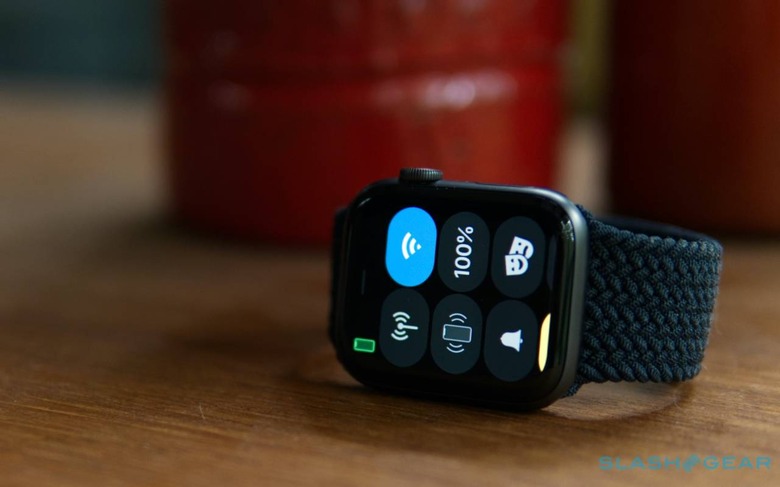
For those still living in the same country as their family, though, the biggest annoyance will probably be the fees charged by carriers to add the Apple Watch SE Cellular's eSIM to their plan. Figure on spending $10/month per smartwatch.
Apple Watch SE Verdict
2020 has been the year of the "SE" device. Like the iPhone SE released back in April, the Apple Watch SE distills the experience of Apple's cutting-edge products into something more affordable, without it feeling particularly lacking in the process. Given the financial pressures many are feeling this year, that combination of features with attainable pricing is key.
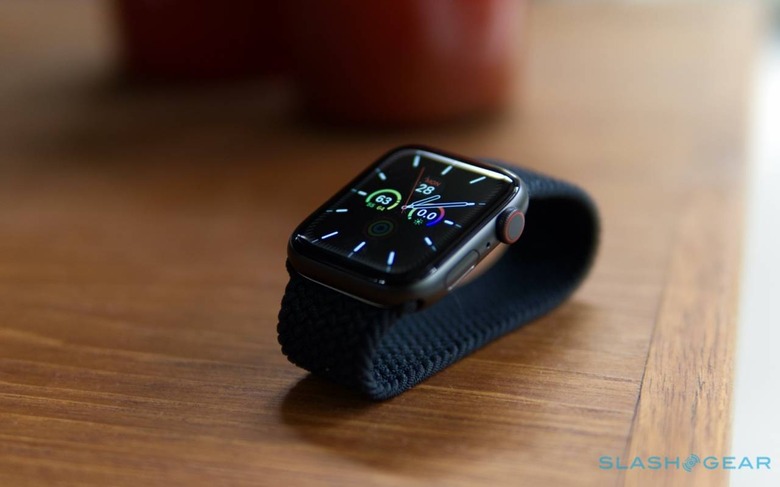
Sure, you miss out on the cutting-edge health tracking, but quite honestly the only thing I'm truly disappointed to see absent is an always-on display. I can understand that most Apple Watch SE wearers won't have experienced it to miss it in the first place, but it leaves the wearable feeling much more like a traditional "wristwatch" in day to day life.
At the final tally, though, it's hard not to conclude that "SE" could stand for "Suits Everyone." The Apple Watch has always benefited from tight integration with iPhone, but it's feeling more and more capable on its own, as Family Setup illustrates nicely. Meanwhile, those wanting a cohesive smartwatch experience with excellent fitness tracking and great battery life now have a more affordable way to get it, without having to settle on tech from three or so years ago. Those who demand the very most for their wrist will still want to look to the Series 6 for that, but the Apple Watch SE feels far more ready for the mass-market.
